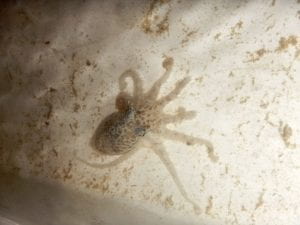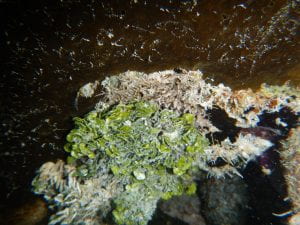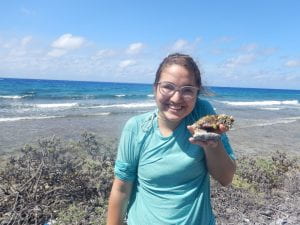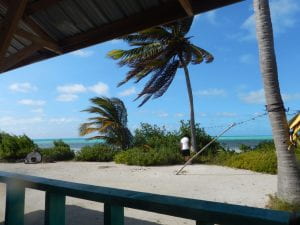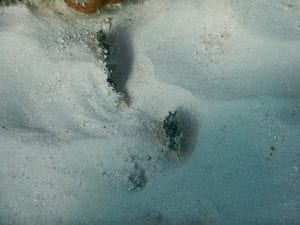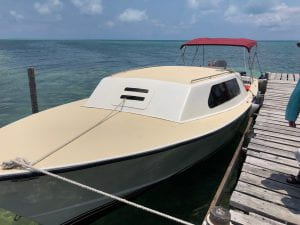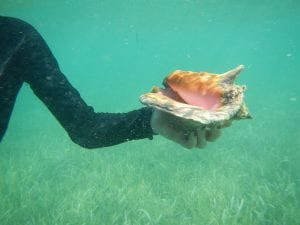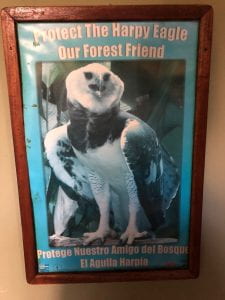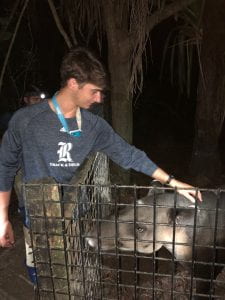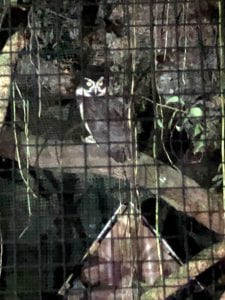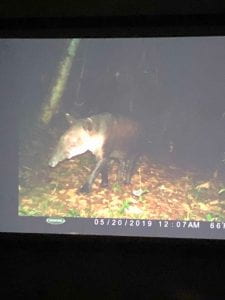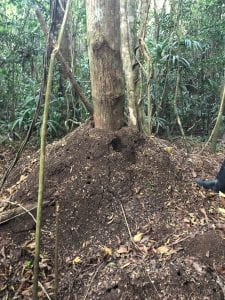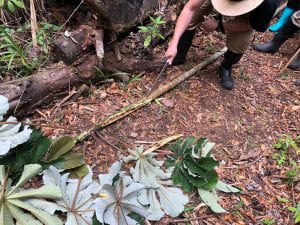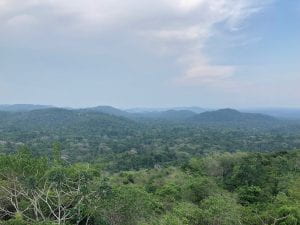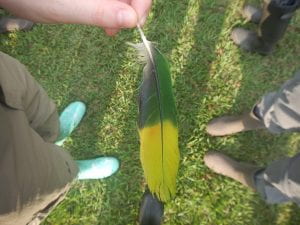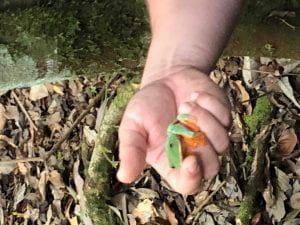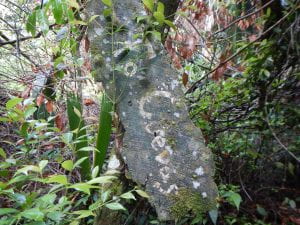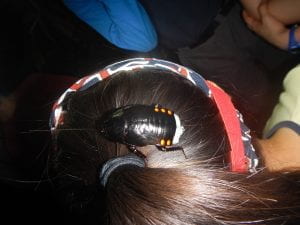5/25/19: The highlight of my day today was visiting the fore reef of Glover’s Reef atoll. It was literally like a scene from Finding Nemo. There was this expansive reef and a huge drop off just like where Nemo first sees the “butt” or boat. As I was exploring that edge, I, too, like Nemo was tempted to swim off the edge to see what was on the other side. But, I decided to side with my better judgment and swim toward the middle of the reef because I remembered how it turned out for Nemo. Now, I see why it was so tempting for Nemo to swim off; he was just trying to explore like me!
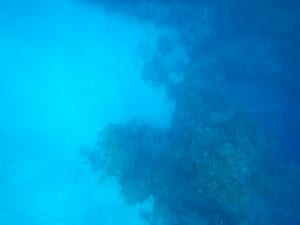
On the fore reef, we saw a bunch of cool things. We saw a few southern stingrays, a nurse shark, flounder, and personal my favorite was the Caribbean Reef Squid. I am starting to think I am I have a thing for Cephalopods? Future Ph.D in Cephalopods? Jury is still out.
The only downfall to this experience was the seasickness that came along with it. Since the fore reef experiences more wave action than the patch reefs, we were bobbing up and down on the boat and while surfacing the water. I did not like feeling very much at all, but the squid definitely made up for it.
On the fore reef, algae were scarce. Corals dominated those areas, but in the few patch reefs we visited before that, I saw a couple algae I had not seen before. I saw Green Bubble Weed Algae, Dictyospaeria cavernos, in between some sea fans, and I saw Y-Twig Algae, or Amphiroa rigdia between two mounding corals in shallower part of the patch reef. I, of course, also saw more Pink Segmented Algae (J. adherens) and Three Finger Leaf Algae (H. incrassata). Tomorrow, we are going to go for a night dive, so I am hoping I will see some nocturnal creatures like lobster.
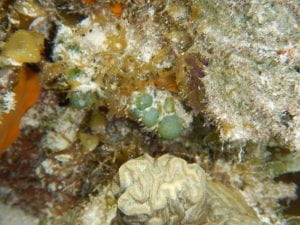
Wish me luck!
-Bella

